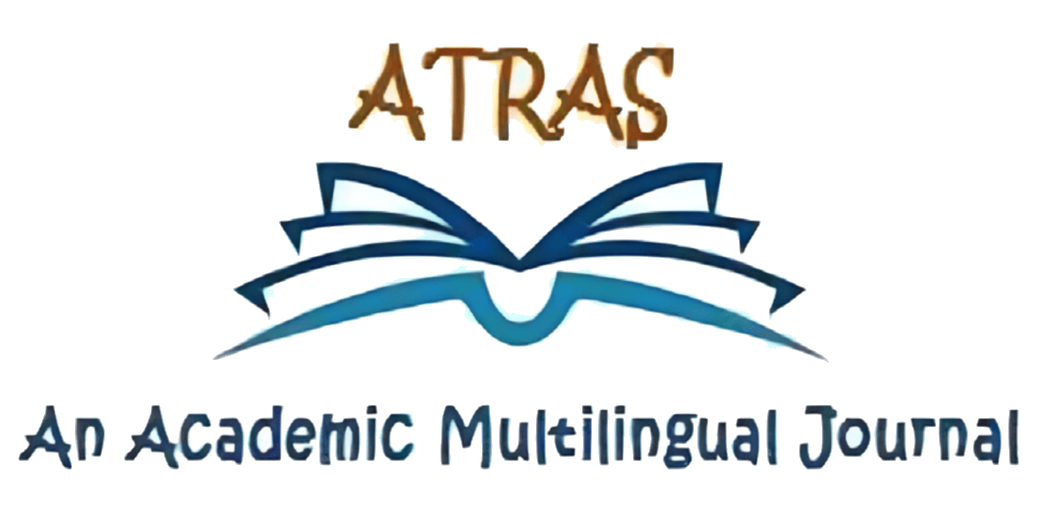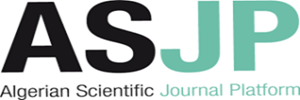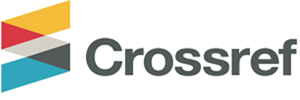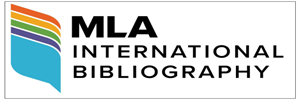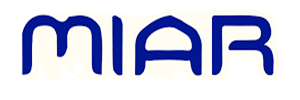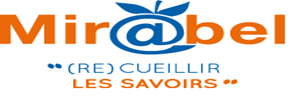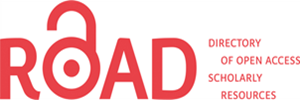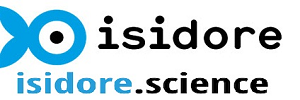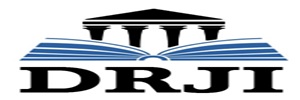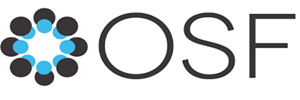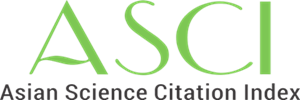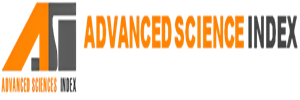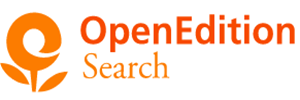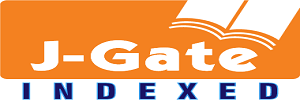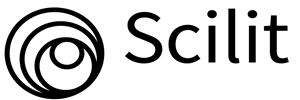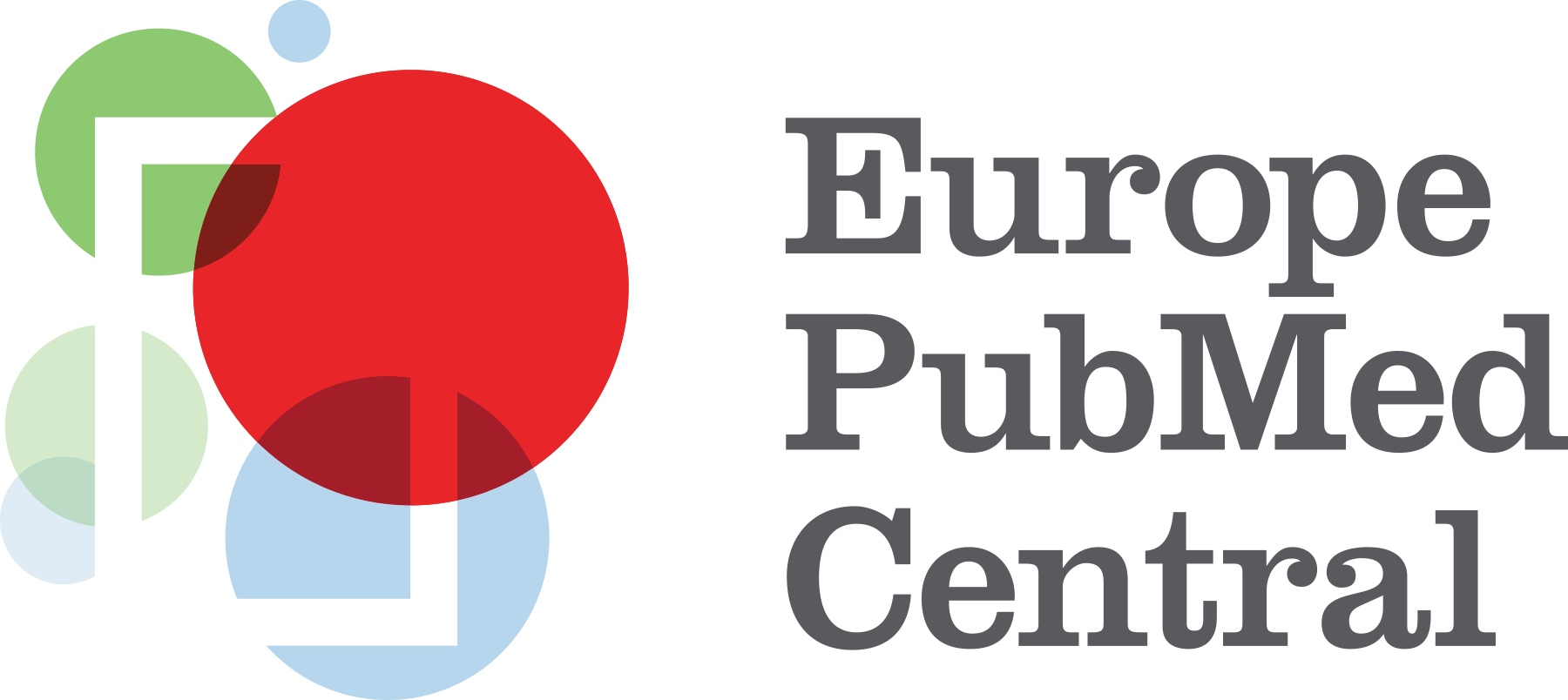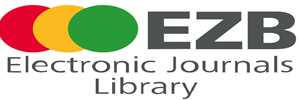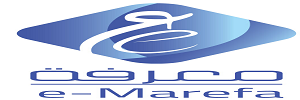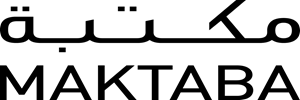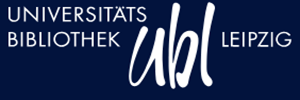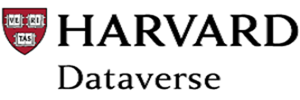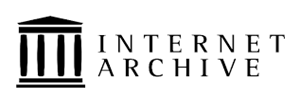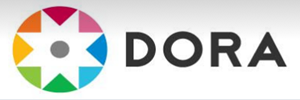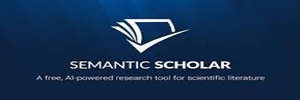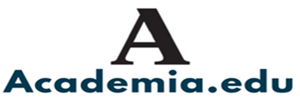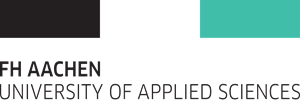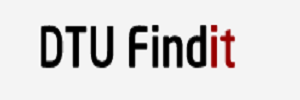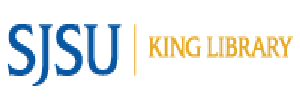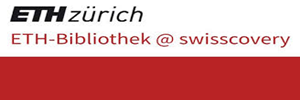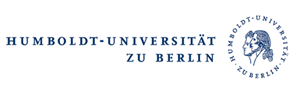Applications of artificial intelligence in visual arts education in light of D. B.A.E. theory
تطبيقات الذكاء الاصطناعي في تعليم الفنون البصرية في ضوء نظرية D .B.A.E
مفيدة بوقزولة
جامعة قسنطينة _03_ صالح بوبنيدر، قسنطينة (الجزائر)
moufida.boukazoula@univ-constantine3.dz
Abstract
Artificial intelligence technology has contributed to the support and development of many fields, including education, which is also characterized by a kind of complexity and specificity, both in terms of the parties to the educational process, or in terms of the nature of the school material, especially the education of the arts and the development witnessed in the curricula adopted in that. The study aims to highlight the concepts of applications of artificial intelligence and the axes of visual arts education according to the D.B.A.E theory. It also seeks to reveal the most important applications that can be adopted in the process of teaching art history, art criticism, and artistic production, by showing how to use them and the effects that can result from them. The researcher used an analytical descriptive approach to understand the workings of Study Monkey and the augmented reality app Histoire de l’Art- Artly, MidJournal and its relationship to arts education.
Keywords: artificial Intelligence, applications, arts, D.B.A.E. Theory, education
ساهمت تكنولوجيا الذكاء الاصطناعي في دعم وتطوير العديد من المجالات منها التعليم، الذي يتميز هو الآخر بنوع من التعقيد والخصوصية سواء من ناحية أطراف العملية التعليمية، أو من ناحية طبيعة المادة المُدرسة ونخص بالذكر هنا تعليم الفنون وما شهده من تطور في المناهج المعتمدة في ذلك؛ تهدف الدراسة إلى إبراز مفاهيم تطبيقات الذكاء الاصطناعي ومحاور تعليم الفنون البصرية وفق نظرية D.B.A.E وأهميتها، كما تسعى للكشف عن أهم التطبيقات التي يمكن اعتمادها في عملية تعليم تاريخ الفن، النقد الفني، والإنتاج الفني، من خلال عرض كيفية استخدامها والآثار التي يمكن أن تترتب عنها، باستخدام المنهج الوصفي التحليلي لفهم آليات اشتغال موقع Study Monkey وتطبيق الواقع المعزز ARتطبيقHistoire de l’Art- Artly ، موقع Midjourney وعلاقتها بتعليم الفنون.
الكلمات المفتاحية: تطبيقات، ذكاء اصطناعي، تعليم، فنون، D.B.A.E
DOI:
https://doi.org/10.70091/atras/AI.53
How to Cite this Paper :
بوقزولة مفيدة (2024) تطبيقات الذكاء الاصطناعي في تعليم الفنون البصرية في ضوء نظرية D.B.A.E ، مجلة أطراس، 5(العدد الخاص بالذكاء الاصطناعي و التعليم و التعليم عن بعد)، 830-844
References:
حلمي مطر، أميرة. (2014). علم الجمال وفلسفة الفن. منشورات التنوير للطباعة والنشر.
موسى عبد الله، و أحمد حبيب بلال. (2019). الذكاء الاصطناعي ثورة في تقنيات العصر. المجموعة العربية للتدريب والنشر القاهرة، مصر.
البهى السيد، أحمد. (2020). “فعالية استخدام نظرية DBAE في التربية على تنمية مهارات التفكير الناقد للطالب المعلم لكلية التربية”. مجلة بحوث التربية النوعية: (9).
كبوط سلاف ، و قجالي آمنة آمنة. (2022). “استخدام التكنولوجيا الرقمية في الفن التشكيلي المعاصر”. مجلة جماليات: 9(1).
زينب محمد أمين، و أمل محمود محمد أبو زيد. (2023). “الذكاء الاصطناعي والاتجاهات المعاصرة في الفنون التشكيلية (دراسة وصفية تحليلية)”. مجلة الفنون التشكيلية والتربية الفنية: 7(2).
العامري محمد حمود. (2014). “نظرية التربية الفنية المعتمدة على المجالات المعرفية DBAE كمدخل شامل لاعداد معلم الفن”. مجلة العلوم التربوية: (4).
رياض زكريا مريم. (2023). “فعالية الرقمنة وتطبيقات الذكاء الاصطناعي في تطوير مناهج التربية الفنية” المجلة العلمية لكلية التربية:(39).
مذكور مليكة. (2021). “الذكاء الاصطناعي ومستقبل التعليم عن بعد”. مجلة دراسات في التنمية والمجتمع: 6(3).
الشايع عبد الرحمان منى. (2020). “تأهيل معلم التربية الفنية اعتمادا على نظرية التربية الفنية المعتمدة على المعرفة DBAE بدولة الكويت”. مجلة بحوث التربية النوعية:(57).
Artly. (2024). Get started to understand. https://artly.world/
Basak, R. (2017). The discipline-based Art Education (DBAE) and the visual culture theory. Journal of current research on social sciences, 7(4), 365-376. DOI: 10.26579/jocress-7.4.26
Christopher, M. (2022). Artificial Intelligence definitions. Stanford University Human-centered Artificial Intelligence.
Farahani, M., & Ghasmi, G. (2024). Artificial Intelligence in education: a comprehensive study. Forum education studies, 2(2), 1379. DOI: 10.59400/fes.v2i3.1379
Midjourney (2024). https://www.midjourney.com/hom
Studymonkey. (2024). Your Personal AI Tutor. https://studymonkey.ai/:

Copyright for all articles published in ATRAS belongs to the author. The authors also grant permission to the publisher to publish, reproduce, distribute, and transmit the articles. ATRAS publishes accepted papers under the Creative Commons Attribution-NonCommercial 4.0 International (CC BY-NC 4.0) License. Authors submitting papers for publication in ATRAS agree to apply the CC BY-NC 4.0 license to their work. For non-commercial purposes, anyone may copy, redistribute material, remix, transform, and construct material in any media or format, provided that the terms of the license are observed and the original source is properly cited.
